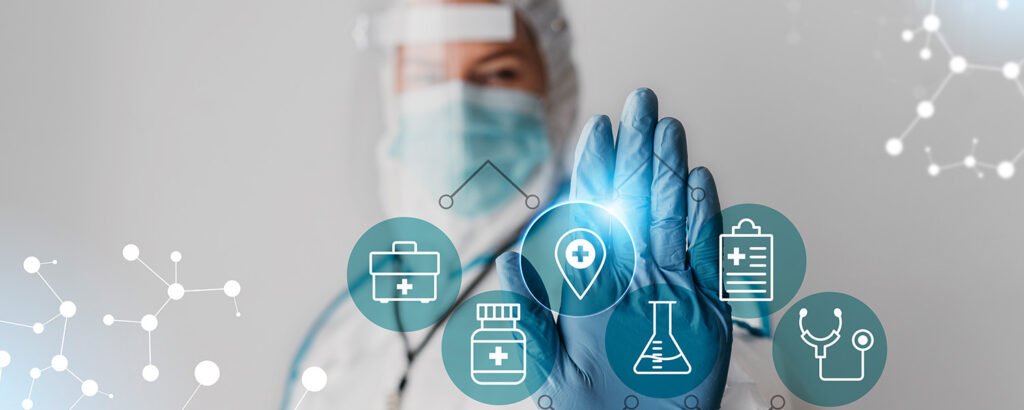The world of medical devices is moving fast. Every year, new tools appear to help patients and doctors. These devices are getting smarter, smaller, and more connected. As a result, healthcare is becoming more personal, more efficient, and more accurate.
Let’s explore the top trends in medical devices that are shaping the future of healthcare.
1. Smarter Devices with AI
Artificial Intelligence (AI) is changing everything—even in medicine. Today, many devices use AI to learn from data and make smart choices.
For example, AI can:
-
Help detect diseases in early stages
-
Predict health risks based on patterns
-
Assist doctors during surgery
-
Analyze scans faster and with fewer errors
These AI-powered tools save time and improve results. As AI gets better, we can expect even more powerful devices.
2. Rise of Wearable Medical Devices
Wearable devices are everywhere now. They track your health while you live your normal life. This is one of the biggest trends in medical devices today.
People use wearables to:
-
Monitor heart rate
-
Track sleep and activity
-
Measure blood oxygen
-
Watch for irregular heartbeats
Some devices even send alerts to your doctor. This allows care to happen faster—even before you notice symptoms.

3. Remote Patient Monitoring
Along with wearables, more devices are designed for remote care. This means patients can stay at home while their doctors keep track of their health.
Remote monitoring tools include:
-
Blood pressure monitors
-
Blood glucose meters
-
Pulse oximeters
-
Digital stethoscopes
These tools send real-time data to clinics. As a result, doctors can adjust treatments quickly. It also helps reduce hospital visits and wait times.
4. Portable and Home-Friendly Devices
More medical devices are now designed for home use. Patients can check their health without going to the hospital.
Why is this a growing trend? Because:
-
It saves time and travel
-
It reduces pressure on hospitals
-
It gives patients more control
From digital thermometers to at-home ECG monitors, these tools are simple and safe to use.
5. 3D Printing in Medical Devices
Another exciting trend is 3D printing. Doctors and engineers use 3D printers to make custom parts, such as:
-
Prosthetic limbs
-
Dental tools
-
Implants
-
Surgical models
This allows for faster production and better fits for each patient. It also lowers costs in many cases.
6. Focus on Cybersecurity
As devices become more connected, keeping them secure is a big deal. Medical data must be protected from hackers and leaks.
That’s why companies are adding stronger security features. Devices now include:
-
Encrypted data systems
-
Password protection
-
Secure cloud connections
This focus on cybersecurity helps keep patient data safe and private.
7. Smaller, Smarter Implants
Implants are getting an upgrade too. Modern implants are:
-
Smaller
-
Longer lasting
-
Easier to control
Some even connect to mobile apps. For example, a smart pacemaker can send updates to your doctor. These kinds of tools are part of the future of personal health.
8. Eco-Friendly Devices
Healthcare is also becoming more eco-friendly. New devices use fewer materials or offer recycling options. Some tools are made from biodegradable parts. This shift helps reduce medical waste and protect the environment.
This is one of the newer trends in medical devices, but it’s growing fast as more people care about sustainability.
Final Thoughts
The future of healthcare is bright, and these trends in medical devices show why. From smart wearables to AI-powered tools, technology is improving how we care for our health.
Doctors can work faster and more accurately. Patients can monitor their health from home. And care becomes more personal and less stressful.
As these trends grow, we can expect better health outcomes and a better patient experience. The next generation of medical devices is not only smart—it’s life-changing.
